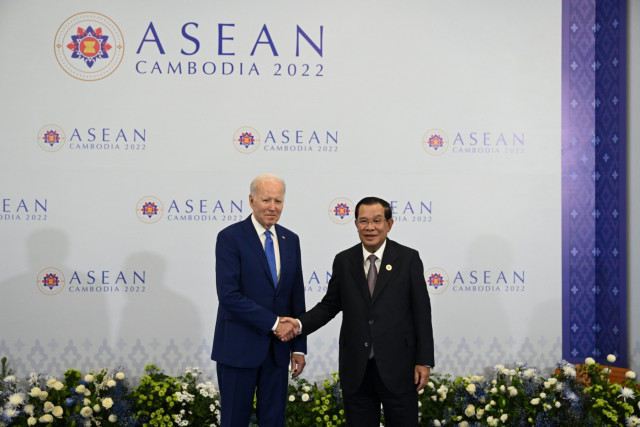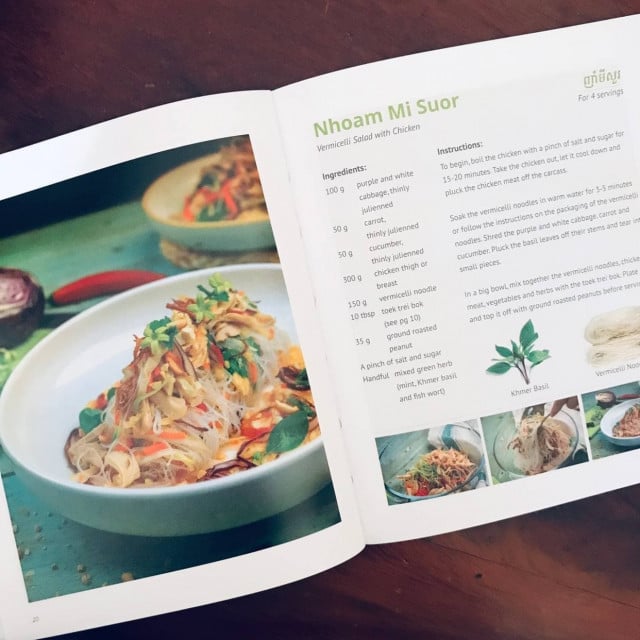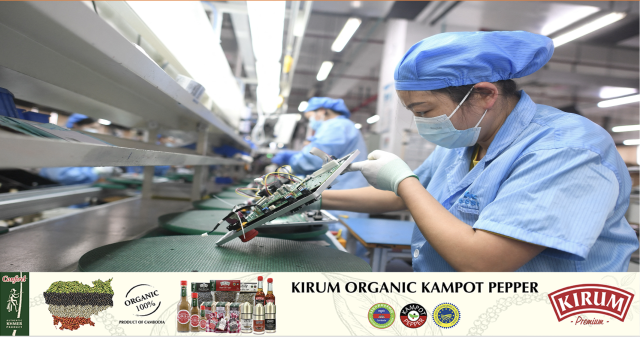An Artist Creates a Bamboo Canopy to Promote Sustainable Designs
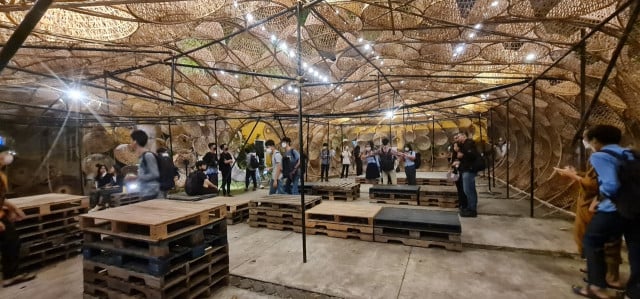
- By Teng Yalirozy
- December 17, 2022 4:29 PM
PHNOM PENH — As climate change keeps happening, what can be done is to limit carbon emissions. Here comes “Under the Canopy,” a project that highlights sustainable design and promotes sustainability for a future climate-resilient environment.
This architectural installation was conceived and built by Nuon Songty, a young Cambodian architect who is being mentored by David Cole of the NGO Building Trust International. As Songty explained, Under the Canopy is an “architectural intervention” that puts the focus on sustainable design principles and modern-design thinking.
Songty was inspired by the illustrious and historic basketry of Cambodia, which led him to incorporate nearly 500 baskets to create a striking canopy shaped out of basic, bamboo chicken coops.
This canopy now serves as a temporary setting in the courtyard of F3 (Friends Futures Factory), providing a unique setting for the public attending events or community gatherings with its dappled shade and unique design.
Songty is drawn to architecture that considers the local community, culture, and environment, he said. He is especially drawn to minimalist linear design that successfully integrates into its surroundings while it form celebrates the place.
Creative design for a sustainable future
According to David Cole, the baskets that Songty’s design has curling Nuon Songty around a sizable tree add to the bumpy look of the pavilion that becomes as rich in elements and forms as can be found under the surface of the sea.
As Cole explained, the underlying message of this canopy is that, with a little creativity, designers can come up with contemporary solutions using readily available, low-impact natural materials that become part of a positive change for the future of the planet.
By limiting our carbon emissions, further climate change can be prevented, he said.
“As designers, we have a social and moral responsibility to invest our skills in seeking out functional solutions to make buildings more efficient and to promote materials that have a positive rather than negative impact on our planet,” Cole said.
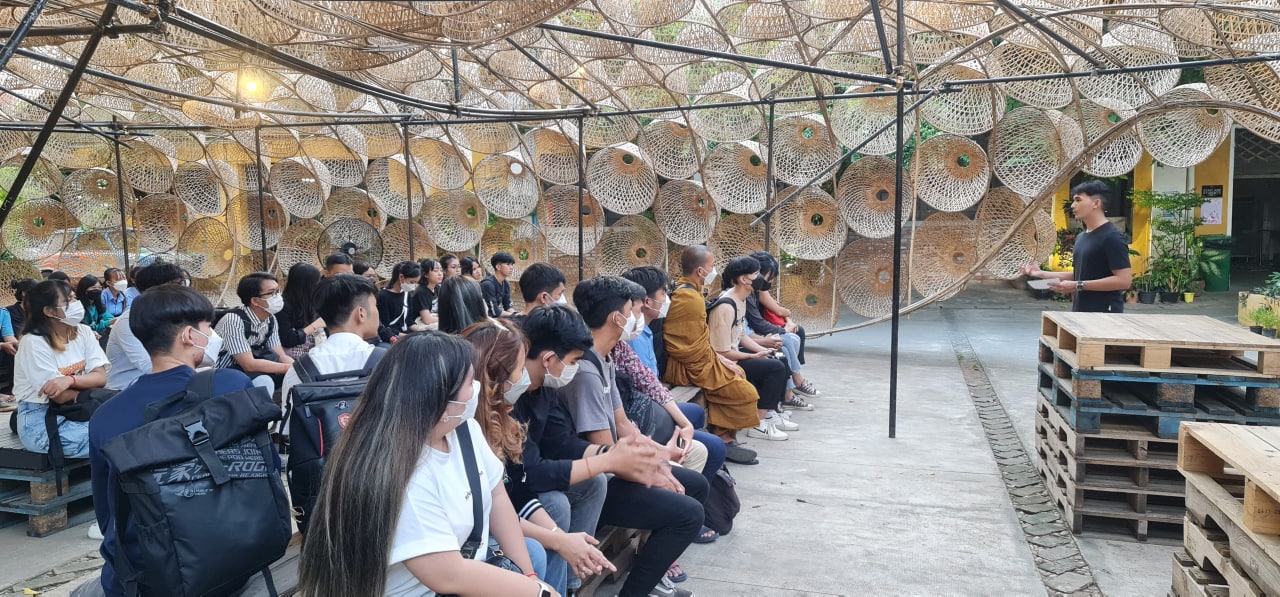 People attend a conference held in Nuon Songty’s architectural installation “Under the Canopy.” Photo: Dana Langlois
People attend a conference held in Nuon Songty’s architectural installation “Under the Canopy.” Photo: Dana Langlois
As he pointed out, the single largest source of carbon emissions is the built environment. “Traditional natural materials have been shunned by companies selling modern materials that claim to be durable and maintenance free but often are not fit for purpose,” he said
Architects, town planners, developers and clients can influence and, to some extent, design all these processes from mining and manufacturing materials to construction, the subsequent powering of buildings, to the process of demolition, Cole explained.
“Indeed, we are beyond looking for sustainable solutions and increasingly must look for ways in which we can adapt to live with an environment that we have irreversibly changed,” he said.
This canopy transforms the traditional and old-aged bamboo material, which has been skillfully woven into the conventional form of a basket, into a novel and organically formed performance space, Cole pointed out.
Speaking of Songty’s “Under the Canopy,” he said, “[d]uring its short life span, I hope it can stimulate discussion, inspire creative minds and shelter numerous get-togethers and events.”
“Under The Canopy” is a project of Creative Generation, a global collective in Cambodia involving young Cambodians and those who foster creativity and inspiring them to take local actions toward global changes in the pursuit of a better future.
The installation has been produced in partnership with the Friends International—a social enterprise helping marginalized children and young people—in the community space F3.
“Our main purpose is to create a space where communities gather, ideas are shared and design is celebrated,” said Dana Langlois, artistic director of Creative Generation.
Songty’s installation will remain in the courtyard of F3 until Khmer New Year 2023. Once dismantled, all usable baskets will be donated to farming communities through the Friends International programs.
F3 (Friends Futures Factory) is located at 215 Street 13 in Phnom Penh.






